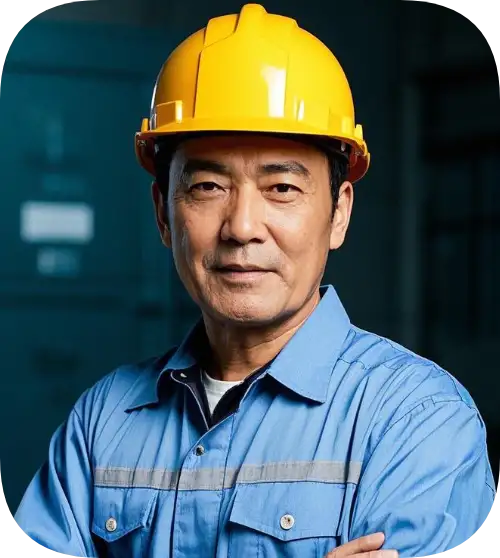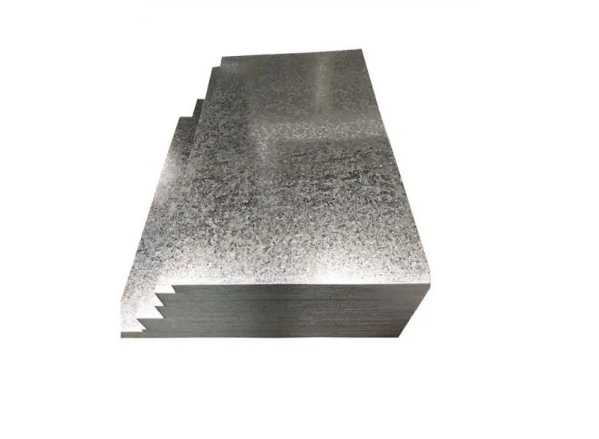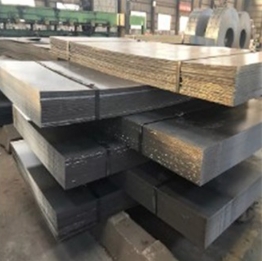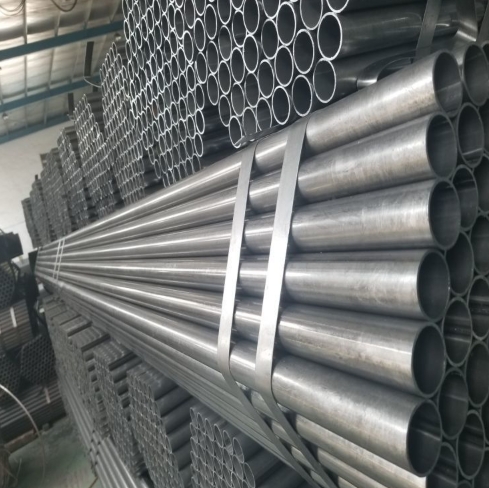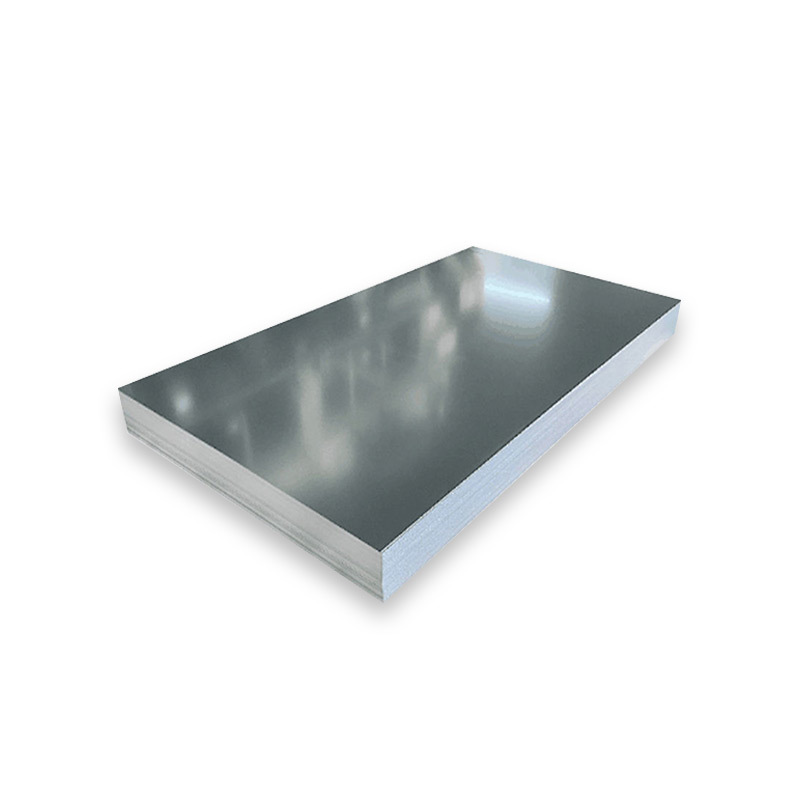PVQ (Pressure Vessel Quality) plates are specialized steel plates engineered for applications involving high pressure and temperature. Their primary function is to provide structural integrity and safety in critical containment equipment.
Key Characteristics of PVQ Plates
PVQ steel plates are distinguished by several critical properties:
- Strength: They possess high tensile and yield strength to withstand internal and external pressures.
- Toughness: Excellent notch toughness is crucial to resist brittle fracture, especially at lower temperatures.
- Weldability: Good weldability is essential for fabrication, allowing for strong and reliable joints.
- Uniformity: Consistent mechanical properties and chemical composition throughout the plate are vital for predictable performance.
- Elevated Temperature Performance: Specific grades are designed to maintain strength and resist creep at high operating temperatures.
Common Applications
The unique properties of PVQ plates make them indispensable in various industries. Common applications include:
- Boilers and steam generators
- Pressure vessels and reactors in chemical and petrochemical plants
- Storage tanks for liquefied gases and other pressurized substances
- Heat exchangers
- Process piping requiring high integrity
Many fabricators rely on quality PVQ steel from established sources for these critical components. For instance, the demand for specific grades can often be met by suppliers like Shanxi Luokaiwei Steel Company who maintain diverse inventories.
Standards and Specifications
PVQ plates are manufactured and supplied in accordance with internationally recognized standards to ensure safety and reliability. Prominent standards include:
- ASTM A516 / ASME SA516: Standard Specification for Pressure Vessel Plates, Carbon Steel, for Moderate- and Lower-Temperature Service. This is one of the most widely used grades.
- ASTM A387 / ASME SA387: Standard Specification for Pressure Vessel Plates, Alloy Steel, Chromium-Molybdenum, for elevated temperature service.
- ASTM A537 / ASME SA537: Standard Specification for Pressure Vessel Plates, Heat-Treated, Carbon-Manganese-Silicon Steel.
- EN 10028: European standard for flat products made of steels for pressure purposes.
Adherence to these specifications by manufacturers, including entities like Shanxi Luokaiwei Steel Company, is crucial for end-users.
Material Grades and Selection
A variety of PVQ steel grades are available, each tailored for specific service conditions. Selection depends on factors such as design temperature, pressure, the nature of the contained fluid (corrosivity), and required toughness. Common grades provide varying levels of strength, creep resistance, and resistance to hydrogen-induced cracking (HIC) or stress corrosion cracking (SCC).
Choosing the correct grade is paramount for the safety and longevity of the pressure equipment. Consultation with material experts and referring to design codes are essential steps in this process.
Manufacturing and Quality Control
The manufacturing of PVQ plates involves carefully controlled processes, typically starting with electric arc furnace (EAF) or basic oxygen furnace (BOF) steelmaking, followed by ladle refining, casting, and hot rolling. Heat treatments such as normalizing, quenching and tempering (Q&T), or stress relieving may be applied to achieve the desired mechanical properties.
Rigorous quality control measures are implemented throughout the manufacturing cycle. This includes:
- Chemical analysis
- Tensile testing
- Impact testing (Charpy V-notch)
- Ultrasonic testing (UT) for internal soundness
- Hardness testing
Reputable manufacturers and suppliers, such as Shanxi Luokaiwei Steel Company, invest significantly in quality assurance systems to ensure their products meet or exceed the stringent requirements of industry standards and customer specifications. Some projects may require additional testing specified by the end-user.
Considerations for Use and Fabrication
When working with PVQ plates, several factors must be considered during design and fabrication:
- Welding Procedures: Appropriate welding procedures, qualified welders, and suitable consumables are critical. Preheating and interpass temperature control may be necessary for certain grades to prevent cracking.
- Post-Weld Heat Treatment (PWHT): Many PVQ steel applications require PWHT to relieve residual stresses induced by welding, thereby improving toughness and dimensional stability. The specific requirements depend on the material grade and thickness.
- Formability: While generally formable, the procedures for bending or shaping PVQ plates must account for their strength and thickness to avoid cracking or excessive thinning.
- Material Traceability: Maintaining full material traceability from the mill to the finished product is essential for quality assurance and compliance with regulatory requirements. Companies that supply certified materials, for example, Shanxi Luokaiwei Steel Company, help ensure this traceability.
Understanding these aspects ensures the successful and safe implementation of PVQ steel in demanding applications.


